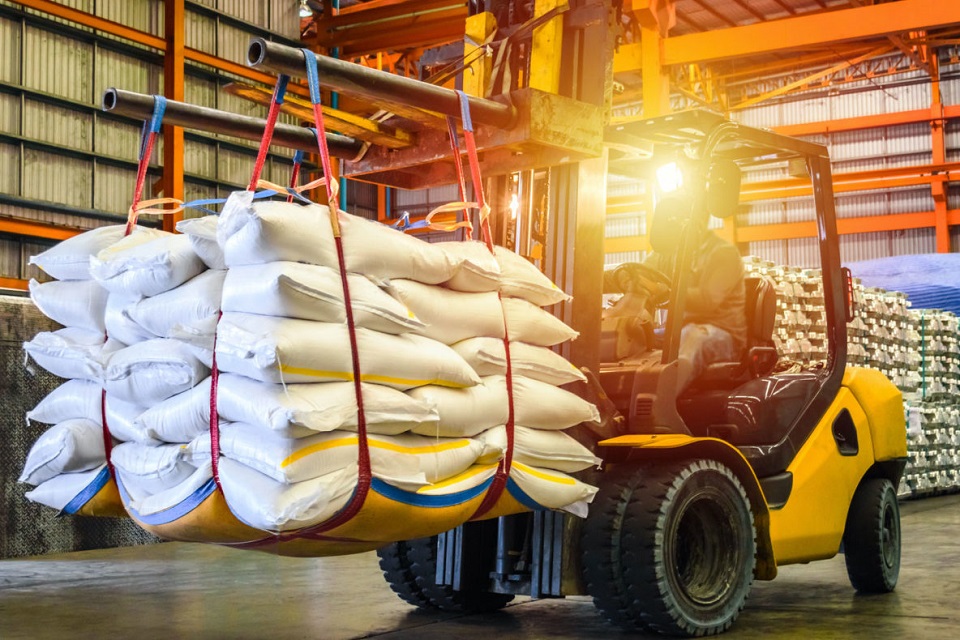The importance of materials handling equipment cannot be overstated. First, it reduces the need for manual labor. Lifting and moving heavy materials can cause musculoskeletal injuries and chronic illnesses. Additionally, material handling equipment can help avoid material falling on workers. The advantages of material handling equipment are numerous. Read on to learn more about the benefits of this vital equipment. Here are some of them. Listed below are some of the most significant advantages:
Table of Contents
Reduces Costs
Reducing the number of touches an employee makes while moving materials can reduce material handling costs. According to companies like Welchcareers.com, efforts should begin with the safe maneuvering of equipment and appliances. Additionally, it is crucial to adhere to efficient and safe practices, which will, in turn, reduce the amount of damage. Ultimately, fewer touches will result in reduced material handling costs. Here are some examples of ways to minimize damage. Listed below are some standard techniques.
Proper storage of materials is crucial to the success of a supply chain and financial stability. In addition, the storage of goods is an essential link in the supply chain since every link relies on it. American Crane & Equipment Corporation (ACE) is one material handling equipment manufacturer. Good material handling prevents the creation of excess products that waste space in buildings and result in wasted materials. Therefore, ample storage space for products is essential to minimize waste.
While AI can drastically reduce costs, it is vital to ensure that humans remain in charge of decision-making. While the voices of employees and the algorithms can be instrumental in determining the best course of action, human beings must still make the ultimate cost and efficiency decisions. In addition, a full assessment of worker efficiency, equipment capabilities, and material flow are necessary for determining which options are most cost-effective.
Minimizes Hazards
Many factors contribute to the potential for accidents and injuries during material handling. These risks are often preventable by taking preventive measures, including appropriate lighting, ventilation, and proper equipment. Flow rate is also essential in materials handling processes because an unbalanced flow can force workers to rush or make mistakes. However, materials handling accidents are preventable by implementing proper controls and procedures for the equipment, location, and activity.
Safety training is vital for material handling. In addition to proper training, workers must know how to identify potential hazards. If training is insufficient, workers can sustain injuries, putting their coworkers at risk. OSHA has guidelines for material handling training. However, these guidelines are not enough to prevent accidents. To avoid these risks, employers must consider the nature of the job and assess the risk to employees. In most cases, the best course of action is to follow industry standards, which can be challenging, especially if workplace conditions are complex.
Aside from identifying potential hazards, it’s also essential to address the ergonomics of material handling. Manual handling can cause stress on employees’ bodies, and repetitive motions and forceful exertions can lead to unnecessary fatigue. Therefore, it’s essential to ensure employees are trained to avoid repetitive motions and forceful exertions and to ensure that the ergonomics of the task are as safe as possible. The National Safety Council reports that material handling activities cause approximately 20 percent of all workplace injuries.
Maximizes Space Utilization
Warehouse space is expensive, and it’s usually limited. Consider some of these material handling suggestions to make the most of the space you have. First, keep an accurate forecast. Modern forecasting software can manage your inventory and predict warehouse space needs. Better forecasting can save you money in the long run, from obsolescence to handling costs. Then, optimize your warehouse layout. And don’t forget about automation. Warehouse automation saves time and money while maximizing space utilization.
A warehouse expert can help you maximize your pallet storage capacity and optimize the design of the warehouse. For example, you can turn an area above cross aisles and dock doors into additional storage. In addition, by using vertical space, warehouse managers can maximize cubic space. They can increase their throughput and labor efficiency while saving construction costs. And because space is always a premium, you should consider all these factors when planning for your warehouse.
While many of these principles have their roots in materials handling, it’s important to remember that the goal isn’t to use every square foot of space; it’s to find a balance between cost and revenue potential. Using space efficiently is the key to achieving harmony and efficiency in the workplace. For this reason, the space utilization principle is vital for facility managers, and the regulations apply to commercial facilities.



